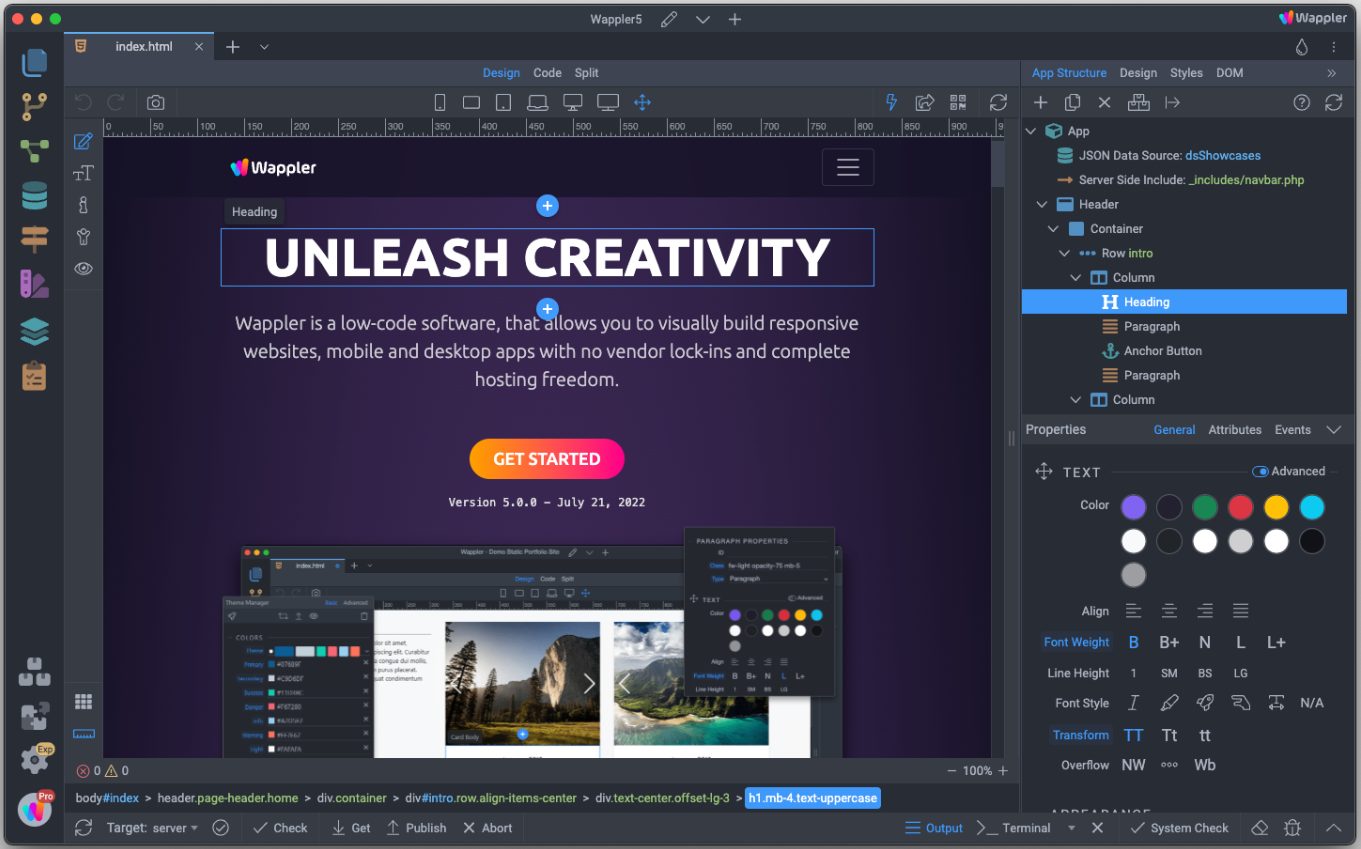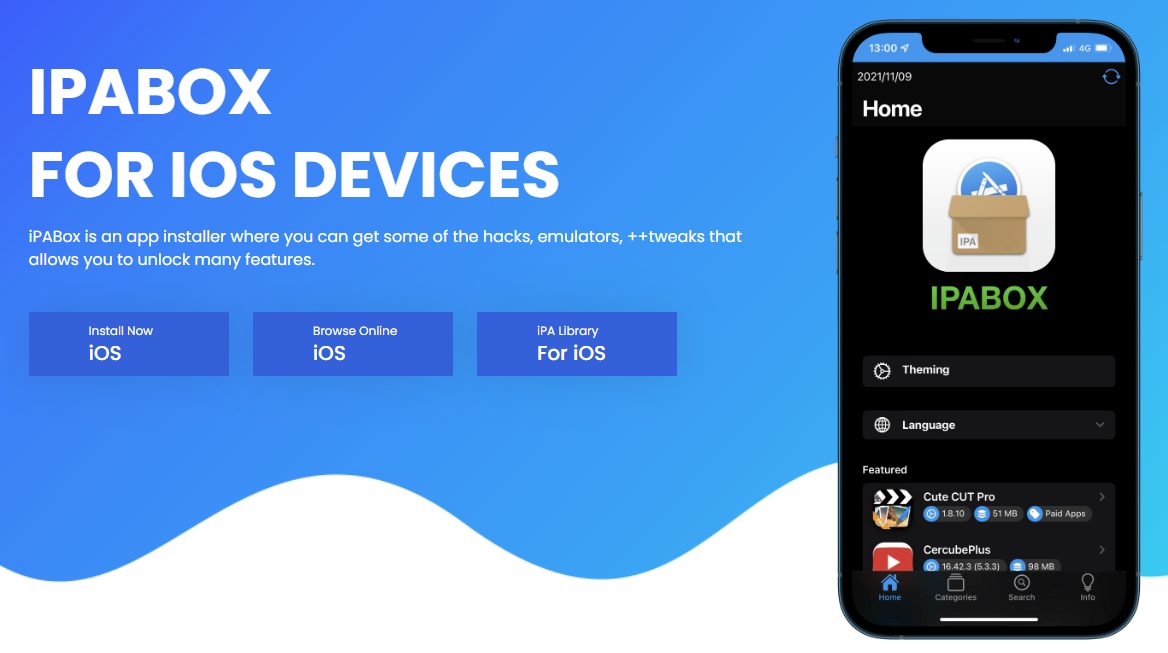Introduction
If you are interested in the services offered by a business, the chances are that you are using the mobile application, and this is the case for most of us. For today’s organizations, it is almost impossible to operate without a functional application.
Having developed an app, it is also essential that it is tested to ensure that there are no bugs and fulfils all performance expectations. Performance testing has become critical for mobile apps so that resource usage, slowness in response time, issues with- scalability, stability, and reliability can be avoided at all costs. The use of tools for mobile testing has increased globally in the last few years:
Mobile app testing enhances the overall functioning of applications, making them robust by eliminating risks, determining application capacity and detecting functionality and concurrency issues before it goes live.

What are some of the mobile testing trends for 2022?
In order tocreate good UX for end-uses, staying up-to-date with the new mobile testing trends is essential.
Expert opinion says that mobile testing should start as early as possible in the software development cycle to avoid instability and performance inconsistencies. This blog will discuss some of the trends which could be new and recurring as big bets in the testing trends for the year 2022.
Tools for mobile testing
The following are the two most popular tools for mobile testing that are used by companies across the globe:
- Appium: Appium is an open-source tool for cross-platform automation. Although traditionally it supported only native, web, and hybrid mobile applications, Appium has now been updated to test desktop apps for Windows too. Some advantages of using Appium are as follows:
-
- It is open-source and is free to use. Hence, not only is this automation tool good for the treasury but can also be adapted to the unique needs of your business.
- Appium works on all platforms- Linux, Windows, Mac, Android, and iOS. The tool tests mobile and desktop apps, therefore making it a versatile option.
- Appium neither reinstalls nor modifies an application for testing purposes. Hence, the app itself remains unaltered, eliminating any possibility for inconsistencies.
- Selenium: Selenium, an open-source tool, is used to automate tests for web browsers. It is the best tool for testing dynamic web solutions, although it cannot be extended to test mobile or desktop applications. Given below are some advantages of using Selenium
-
- Selenium facilitates the use of multiple coding languages like Java, Python, C#, Ruby, etc. for writing test scripts.
- Selenium is available for all browsers, including Chrome, Firefox, Safari, Explorer, etc.
- Selenium Grid supports parallel testing that reduces the time consumed for testing apps.
Use of AI and machine learning
Artificial intelligence for mobile test automation mitigates stability issues in case of rapid releases. It is beneficial for catching bugs in time and improving general testing strategies.
When using machine learning or AI, developers can hope to optimize test coverage and determine and reduce redundancies in the tests which are in practice presently. Deciding on a priority hierarchy also becomes easy in this way.
Another great thing about AI-based testing is that it keeps getting better with data- with more data comes more powerful testing because now nothing gets overlooked. The use of big data and artificial intelligence also makes predictions and forecasting possible. This leads to a deeper analysis which isn’t achieved by manual testing.
Robotic Process Automation (RPA)
Robotic process automation is a tool for mobile testing which is already in use and popular. It is being predicted that it will continue to be so in the year 2022, only that it’ll be even better received. Developers swear by RPA being the best in the mobile software testing process, so much so that it is being preferred as the first choice for performing automation in many cases.
The market forecast for RPA in the upcoming years sounds promising.
By this process, tasks that are repetitive and thus require the least amount of manual intervention can be automated. RPA reduces the workload and saves time by taking down the actions performed by the tester when it’s done for the first time and makes notes on how to proceed further.
RPA also uses artificial intelligence and machine learning. It thus executes multiple scenarios using the same actions that were learned.
In-sprint test automation
This mobile software testing methodology started to gain popularity in 2021 and will presumably continue at the same pace for the following year. To work with more speed and as a team to ensure quick releases are the characteristic features of Agile methodologies.
But since each sprint lasts 2-4 weeks, it becomes difficult to find some time to test the software. As a result, we see previous versions being tested while the newer ones are already fully developed.
Here, in-sprint mobile test automation becomes the game changer and allows the testers to work in the same sprint, alongside development, at every step. The need to wait for the same entire software to be developed is not there anymore.
Scriptless test automation
Scriptless test automation, or the kind which uses customization along with frameworks, is predicted to be the go-to process for the future of mobile app testing because developers today are realizing that the old fits-all approach will not work for mobile apps anymore.
While a considerable amount of the code is already provided by the framework, custom coding is advisable here to achieve higher levels of personalization. Scriptless testing thus becomes an integral part of the entire process, which needs to be used alongside scripted tests, manually coded tests, and AI-based, automated tests.
Finally, it is essential to mention that the cloud-based mobile testing trend allows scriptless testing to work without requiring additional hardware. It is now possible to implement this kind of testing in any mobile development environment with SaaS solutions like these.
Selenium 4
The fourth major version of their web driver tool was released by Selenium in the last quarter of 2021, after a very long wait. Selenium 3 was well appreciated in its time, but a lot has changed since its debut. Technological evolution has changed the industrial landscape almost entirely, which is why developers and testers have been requesting improved functionalities.
The distribution of companies already using Selenium 3 shows the reach of its popularity.
Since open-source is based on the people’s demands, after a lot of suggestions made by the users themselves, Selenium 4 was released. While keeping the advantages of its predecessor intact, the new version brought several changes.
To point out the most important of the several differences, one can list:
- The Selenium Grid 4 has been introduced, and this is an improved and optimized version of what came before.
- Multiple windows and tabs can be worked on by testers while using a single test flow now.
- The relative locators have come to be sorted by proximity.
- It has made debugging improved and optimized while providing better logging facilities.
- For the responses related to network requests, a Network interceptor has been introduced for ChromeDevTools.
With the highlights mentioned above to speak for themselves, it is no wonder that the prolonged wait for the Selenium 4 has been fruitful. The enhanced version is greatly appreciated and is soon becoming a trend to be reckoned with as one of the better tools for mobile testing.
API and service testing
Firstly, quite a lot of mobile apps are developed in or derived from full-scale environments so that the features can cater to PC users as well. These sites do have the functionality to create mobile apps rapidly.
For the current year, the prediction has been such that service testing and APIs can become popular due to the increase in development on the client-service front. The coding requirements are simplified and made readily available resulting in the cutting down of time and effort required to do it manually.
For the best security, hardened APIs with minor bugs are required. So, more testing will be needed to make APIs more robust and efficient in their functions. Test automation is therefore used for this purpose. The communication between APIs and apps will be a matter of concern for teams.
Conclusion
It is now an accepted fact that for better experiences and results, AI testing and mobile test automation, along with dev-ops collaboration, are essential for innovation. To optimize the development of applications and ensure functionality while dealing with bugs, mobile app testing is being held at the top of the prerequisites list.
It is also true that a lot of the trends we saw in 2021 will have a resurrection or rather a retention in the current year since a lot of these are in their stage of inception- still realizing the full potential of such automation. The market forecast for mobile testing automation for software across vertically is hopeful and growing comfortably, which adds to this ever-growing list of trends to look back or forward to.








